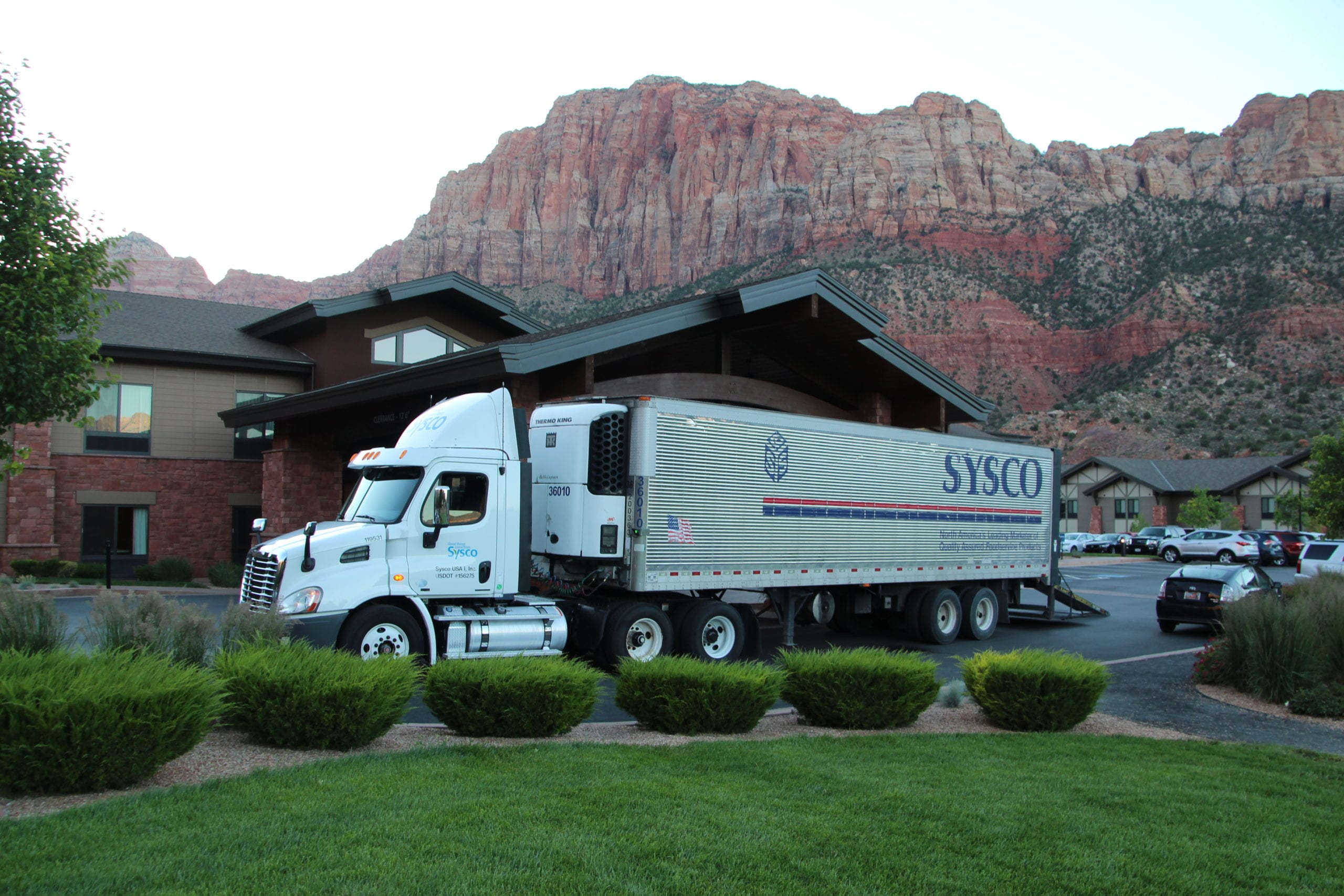If you asked most people to describe what trucking is, the answer is likely to contain the words “long haul”, “cross country,” “coast to coast”, or “over the road”. The reality is actually somewhat different. While regional freight moved by day cabs and sleeper tractors has always been a part of the trucking industry, it is an area that has not gotten much attention or recognition.
The North American Council for Freight Efficiency recently released a report, Regional Haul: An Opportunity for Trucking, that looks at this growing market segment.
Although over the road and long haul may be most commonly associated with trucking, the reality is that 45% of the Class 8 tractors produced today are day cabs and a high percentage of those trucks are involved in regional haul operations.
Forty five percent of the Class 8 tractors produced today are day cabs and a high percentage of those trucks are involved in regional haul operations.
In addition, according to a trucking industry source, the length of haul has actually been decreasing for some years while regional haul operations have been growing. NACFE defines regional haul as an operation where a truck stays within a 300-mile radius of a home base. This may include trucks that return to a home base every day or ones on a route for multiple days but that stay within that 300-mile radius.
The Regional Haul: An Opportunity for Trucking report identifies a variety of trends that are likely to impact the continued growth of regional haul operations, including:
- Driver hiring and retention
- Growth in e-commerce
- The push towards immediate delivery
- Growth in GPS-based asset tracking systems (tractor, trailer, load and driver)
- Advances in technologies, such as electric and hybrid vehicles
- Vehicle automation
- Innovations in load matching systems
- Increased use of long combination vehicles
- Data collection and mining
- Vehicle specialization
NACFE believes that if regional fleet continues to grow it will help with the attraction and retention of drivers, as they will be able to get home on a more regular basis— something that has been expressed as desirable by current drivers and those considering truck driving as a career.
NACFE believes that if regional fleet continues to grow it will help with the attraction and retention of drivers.
Regional operations also open the door to the use of more alternative fueled vehicles. Regional haul will facilitate the development of the infrastructure that needs to be put in place for electric vehicles and vehicles powered by compressed natural gas and liquefied natural gas. Fleets with return-to-base operations will be able to install charging or fueling stations on-premise. This eliminates one of the concerns of alternative fueled vehicles which is that there is not enough infrastructure in place to support fueling of vehicles powered by an energy source other than gasoline or diesel.
The trucking industry is already in the midst of a great deal of change, with more change on the horizon. This offers real opportunities for efficiency gains across transportation, making this an exciting time to be a part of the trucking industry.
As more freight is moved in regional haul operations, we can begin to explore what we can do to make trucking even more efficient and more satisfying for the nation’s truck drivers.



